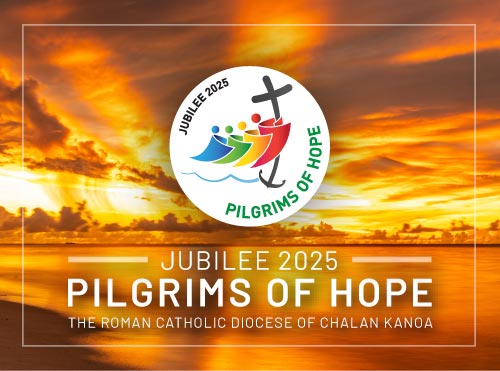VATICAN CITY (CNS) — Four theologians specializing in marriage and family life are studying Vatican archival material with a view of telling the whole story of how and why Blessed Paul VI wrote his encyclical “Humanae Vitae” on married love.
Msgr. Gilfredo Marengo, leader of the group and a professor of theological anthropology at Rome’s Pontifical John Paul II Institute for Studies on Marriage and Family, spoke to Vatican Radio about the study July 25, the 49th anniversary of the encyclical’s publication.
Some bloggers, writing in the spring about the study group, alarmingly presented it as an initiative of Pope Francis to change the encyclical’s teaching against the use of artificial contraception.
Archbishop Vincenzo Paglia, chancellor of the John Paul II Institute, categorically denied the bloggers’ reports.
In reply to an email, Msgr. Marengo told Catholic News Service July 26 that the study “is a work of historical-critical investigation without any aim other than reconstructing as well as possible the whole process of composing the encyclical.”
“Anyone who imagined any other aim should have simply done their work and verified their sources,” he said.
In view of the 50th anniversary, Msgr. Marengo told Vatican Radio, he and three other Italian professors are conducting their research with the goal of showing the encyclical’s place among “all of the very important and fruitful things the church has said on marriage and family in the past 50 years.”
Also, he said, from a historical point of view, it is important that theologians formally examine and document the process that led to the encyclical’s publication. What Msgr. Marengo called “the distinct phases” of the encyclical’s development included the work of a small committee appointed by St. John XXIII in 1963 and expanded greatly by Pope Paul. The commission’s work ended in 1966 with the leaking of a report by the majority of commission members asserting artificial contraception was not intrinsically evil and minority reports insisting it was.
In the end, Msgr. Marengo said, the commission “was not able to give him (Pope Paul) what he needed to write the encyclical. Therefore, Paul VI almost had to start over alone,” but with the added complication of public opinion, including among theologians, “polarized between those favorable and those contrary” to the use of the contraceptive pill.
The encyclical itself was criticized by many — and not just by those who advocated for acceptance of artificial contraception, the priest said. “It is important to remember that in those years many still looked at the regulation of births” using natural fertility rhythms “as a ‘benevolent concession’ to couples rather than as a positive value to pursue.”
Procreation, he said, was seen by many as the primary purpose of marriage, so Pope Paul’s insistence in “Humanae Vitae” that sex within marriage is both procreative and unitive was something new, as was his declaration “without uncertainty that the exercise of responsible parenthood is an objective value for Christian families” when done using natural methods.
Msgr. Marengo told CNS that given “the importance the document has had in the life of the church of our times and the debates that it unleashed,” he felt it was important to ask the Vatican to set aside rules that prevent scholars from accessing Vatican archival material for 70 years.
“The competent Vatican authorities accepted my request, permitting access particularly to the collections of the Vatican Secret Archives and the archive of the Congregation for the Doctrine of the Faith,” he said.







